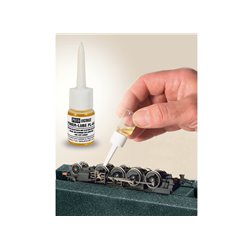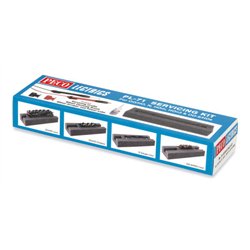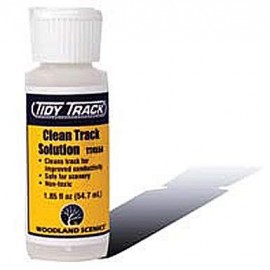Semaphore signals were a common form of railway signalling before the advent of modern electronic signals. During the...
No products
Product successfully added to your shopping cart
There are 0 items in your cart. There is 1 item in your cart.
Search Tips
What do you need to do to service an engine?
Twenty years ago it would have been easy to write an instruction leaflet on how to service an engine because model locomotives were all built pretty much the same way, with a motor, a few cogs, two wires and some wheels, and removing the body shell often involved little more than stretching it outwards at the bottom and catching the chassis before it hit the floor. Back then it was a simple case of a few spots of oil on the cogs and a drop or two on the axles where they disappear into the bogie. Nowadays though, on opening an engine you may be met with microchips, circuit boards and drive shafts, and that's if you can figure out how to get into it in the first place!
So, keeping the instructions whenever you purchase a new locomotive is now a must if you are to avoid many hours of head-scratching and wondering if it is even possible to open up the locomotive.
If you do have the instructions then servicing is a lot easier, and once you know where the secret screws and clips are that hold the body shell on, taking it apart is not too difficult either. But the principles are the same, there will be a few specific places on the mechanism (usually on or around the worm-gear) that need a spot of oil once in a blue moon along with another spot or two on the visible parts of the axles, and that's it! apart from keeping the wheels clean.
Cleaning the wheels regularly is the one thing that you can do to any model old or new that will instantly improve its performance, and the good news is that it is really easy to do. Simply use some track cleaning formula and a cotton bud to gently rub your wheels with. Pay particular attention to all the bits of the wheel that make contact with the track and also don't forget the back of the wheel which is often used to transfer power to an electrical pick-up further up inside the body. You will be absolutely astonished at the amount of grime that comes off them.
If your engine does need a service but you no longer have the instructions, you can often download a copy off the internet for free so have a search and see what you can find.
Click here to receive the tips weekly in your mailbox. You can unsubscribe at any time.










